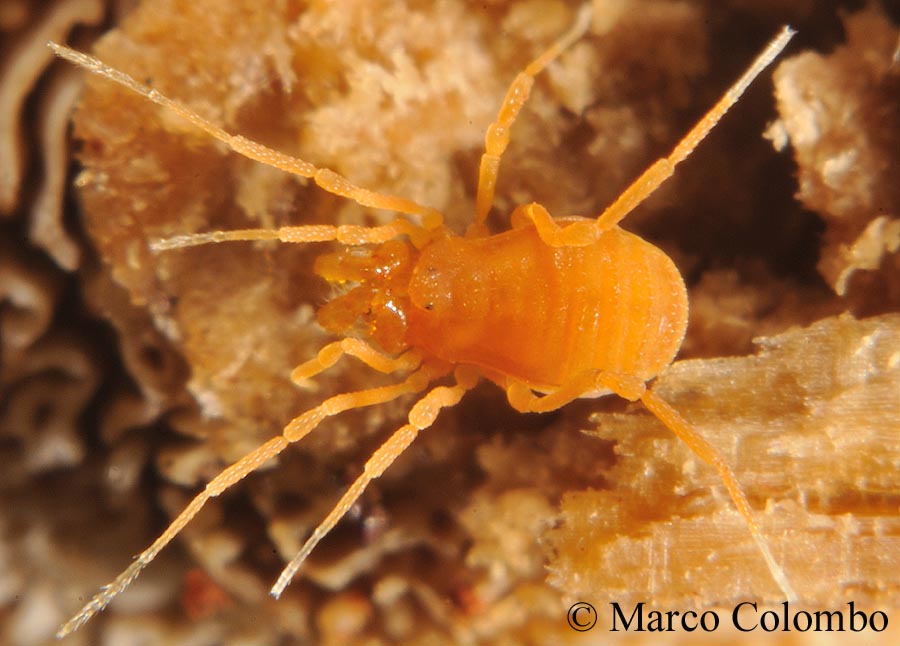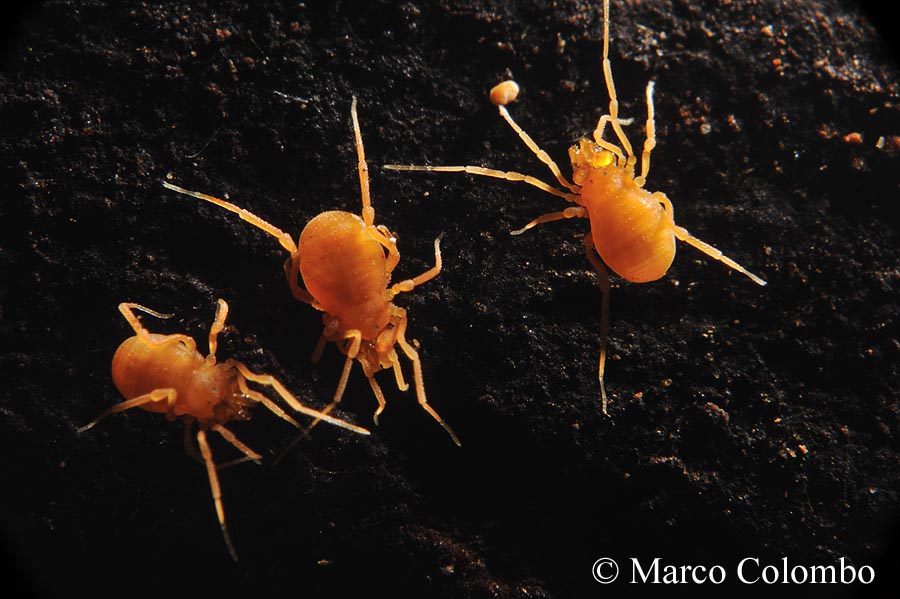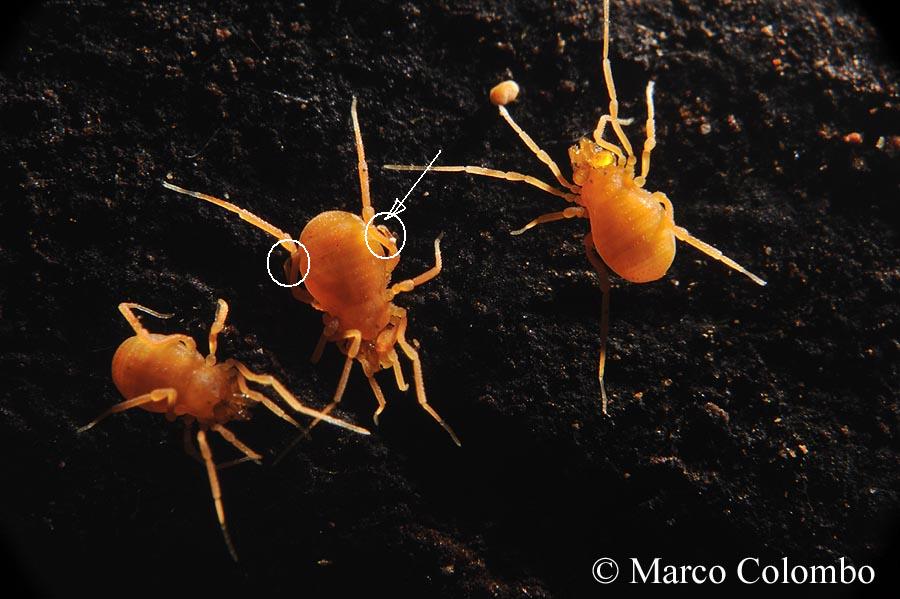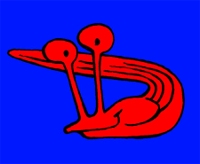|
|
|
|
|
Galleria Tassonomica
di
Natura Mediterraneo
|
 ATTENZIONE! Con tutti gli opilionidi è estremamente importante vedere l'oculario e la zona di fronte ad esso. Questo è vero in particolare per gli opilionidi a zampe corte nei quali il tridente è una caratteristica distintiva. ATTENZIONE! Con tutti gli opilionidi è estremamente importante vedere l'oculario e la zona di fronte ad esso. Questo è vero in particolare per gli opilionidi a zampe corte nei quali il tridente è una caratteristica distintiva.
Si dovrebbe misurare la lunghezza del corpo. Se è possibile scattare fotografie prese dall'alto e di lato. Naturalmente non dovrebbe mancare una semplice foto dorsale. Anche se sono la caratteristica più notevole degli opilionidi, le zampe possono essere ignorate senza problemi perché non hanno virtualmente alcun ruolo nella determinazione.
Per la maggior parte degli Opiliones si arriva ad una determinazione già con le foto. Le eccezioni sono Nemastomatidae ('i piccoli neri') e soprattutto Trogulidae, per i quali è meglio l'analisi del DNA.
|
|
| Autore |
 Discussione Discussione  |
|
|
euscorpius
Utente Senior
   
Città: Busto Arsizio
Prov.: Varese
Regione: Lombardia

727 Messaggi
Tutti i Forum |
|
|
Lars Friman
Utente Senior
   
Città: D-14806 Bad Belzig

680 Messaggi
Flora e Fauna |
 Inserito il - 07 gennaio 2013 : 15:12:31 Inserito il - 07 gennaio 2013 : 15:12:31


|
Moin Marco,
the overall pic is good, but the animal it self a bit too small
for an ID (for me). I hope, Axel can ID it.
Lars Friman |
|
 |
|
|
euscorpius
Utente Senior
   
Città: Busto Arsizio
Prov.: Varese
Regione: Lombardia

727 Messaggi
Tutti i Forum |
 Inserito il - 07 gennaio 2013 : 16:00:42 Inserito il - 07 gennaio 2013 : 16:00:42


|
Thanks Lars! Unfortunately I didn't have tools to magnificate it more than this. Maybe these ones can help?
Immagine:

103,72 KB |
Marco Colombo
Fotografia Naturalistica
Wildlife Photography
Link |
 |
|
|
euscorpius
Utente Senior
   
Città: Busto Arsizio
Prov.: Varese
Regione: Lombardia

727 Messaggi
Tutti i Forum |
 Inserito il - 07 gennaio 2013 : 16:02:18 Inserito il - 07 gennaio 2013 : 16:02:18


|
Immagine:

113,09 KB |
Marco Colombo
Fotografia Naturalistica
Wildlife Photography
Link |
 |
|
|
Lars Friman
Utente Senior
   
Città: D-14806 Bad Belzig

680 Messaggi
Flora e Fauna |
 Inserito il - 07 gennaio 2013 : 16:17:40 Inserito il - 07 gennaio 2013 : 16:17:40


|
Moin Marco,
on the 3. pic the middle one of the three is a male with the
typical long trochanter-apophyse on Leg 4. So the specimens
(all other are female) should belong to S. doriae/terricola
(ID only genital).
Lars Friman
Immagine:

97,4 KB |
|
 |
|
|
euscorpius
Utente Senior
   
Città: Busto Arsizio
Prov.: Varese
Regione: Lombardia

727 Messaggi
Tutti i Forum |
 Inserito il - 07 gennaio 2013 : 16:25:13 Inserito il - 07 gennaio 2013 : 16:25:13


|
Yes, not possible from photographs as I supposed  thank you very much! Isn't there any previous record of one of the two species from Alghero area? (north-western Sardinia) thank you very much! Isn't there any previous record of one of the two species from Alghero area? (north-western Sardinia) |
Marco Colombo
Fotografia Naturalistica
Wildlife Photography
Link |
 |
|
|
Cmb
Moderatore
    

Città: Buers
Prov.: Estero
Regione: Austria

12844 Messaggi
Flora e Fauna |
 Inserito il - 08 gennaio 2013 : 12:48:37 Inserito il - 08 gennaio 2013 : 12:48:37


|
Hi Marco,
For having pigmented eyes this should be Scotolemon terricola. There are several records of this species from Sardinia. Another species similar to females of Scotolemon is Ptychosoma vitellinum, but I think we can exclude this here, because of the presence of the Scotolemon male. Otherwise it would be hard to tell.
Would it be possible to post date and exact place where you found these (maybe GPS)? This should be a good record for the distribution maps of Sardinia.
Thanks and I am looking forward to see more nice pictures.
Cheers!
Axel Schönhofer
|
"Good people don't go into government" (D. Trump)

Link - nothing is more dangerous than the truth - solo chi conosce il passato, può capire il presente! - nothing is more dangerous than the truth - solo chi conosce il passato, può capire il presente!
|
 |
|
|
euscorpius
Utente Senior
   
Città: Busto Arsizio
Prov.: Varese
Regione: Lombardia

727 Messaggi
Tutti i Forum |
 Inserito il - 08 gennaio 2013 : 17:46:10 Inserito il - 08 gennaio 2013 : 17:46:10


|
Dear Axel,
thanks very much for confirming identification! If you write me a message at oryctes@libero.it (or simply give me your email address) I'll be happy to send you detailed informations about these little marvels
best regards,
Marco |
Marco Colombo
Fotografia Naturalistica
Wildlife Photography
Link |
 |
|
| |
 Discussione Discussione  |
|
|
|
 Natura Mediterraneo Natura Mediterraneo |
© 2003-2024 Natura Mediterraneo |
 |
|
Leps.it | Herp.it | Lynkos.net
|

 Forum
|
Registrati
|
Msg attivi
|
Msg Recenti
|
Msg Pvt
|
Utenti
|
Galleria |
Map |
Forum
|
Registrati
|
Msg attivi
|
Msg Recenti
|
Msg Pvt
|
Utenti
|
Galleria |
Map |